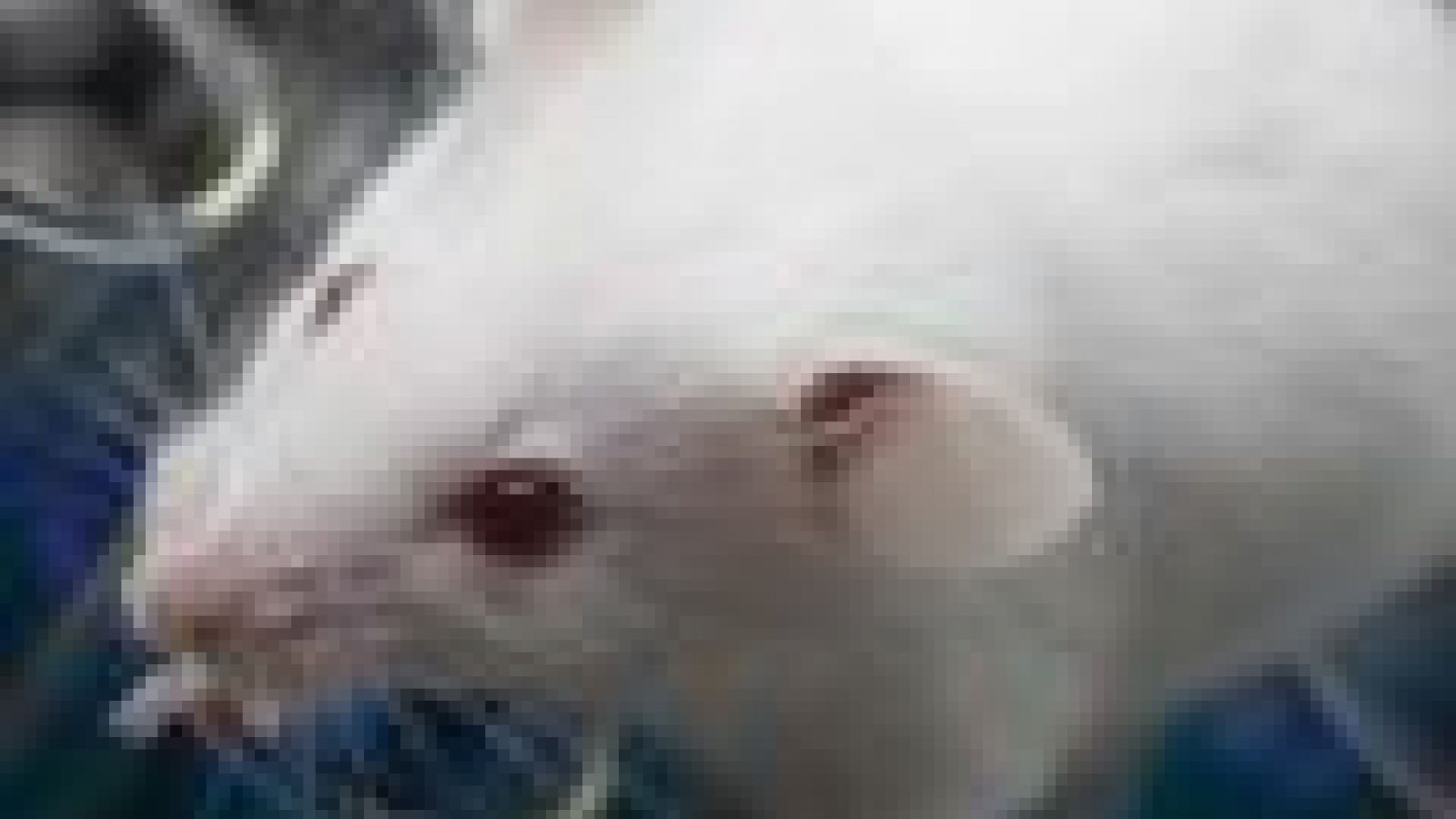
Text to go here...
 Research on GM mice has found how mutations in a single protein can lead to autism. The protein, called Shank3, regulates how nerve impulses are conducted between brain cells.
Research on GM mice has found how mutations in a single protein can lead to autism. The protein, called Shank3, regulates how nerve impulses are conducted between brain cells.
Researchers bred GM mice that were unable to produce the Shank3 protein and observed their behaviour. The mice were placed in a maze and the time spent in open/closed and light/dark parts of the maze was monitored. The level of social interaction of a mouse was also determined by whether it initiated contact with other mice in a social arena.
Those mice missing the Shank3 protein were more anxious, displayed repetitive behaviour and injured themselves while grooming. These mice also showed abnormal social interactions, tending to avoid other mice. This is similar to behaviour in humans with autism, who often have communication deficits, impaired social interaction and repetitive behaviour.
Brain samples from the mice were also analysed. Important proteins involved in the conduction of nerve impulses were missing in the mice lacking Shank3.
The findings could lead scientists to new therapies for autism. The Shank3 protein is produced by a gene, also called Shank3. While autism has been linked to a mutation in the Shank-3 gene, only a small fraction of people with autism have this mutation. The Shank3 gene is one of many thought to contribute to autism spectrum disorders.
Last edited: 11 January 2022 13:04


